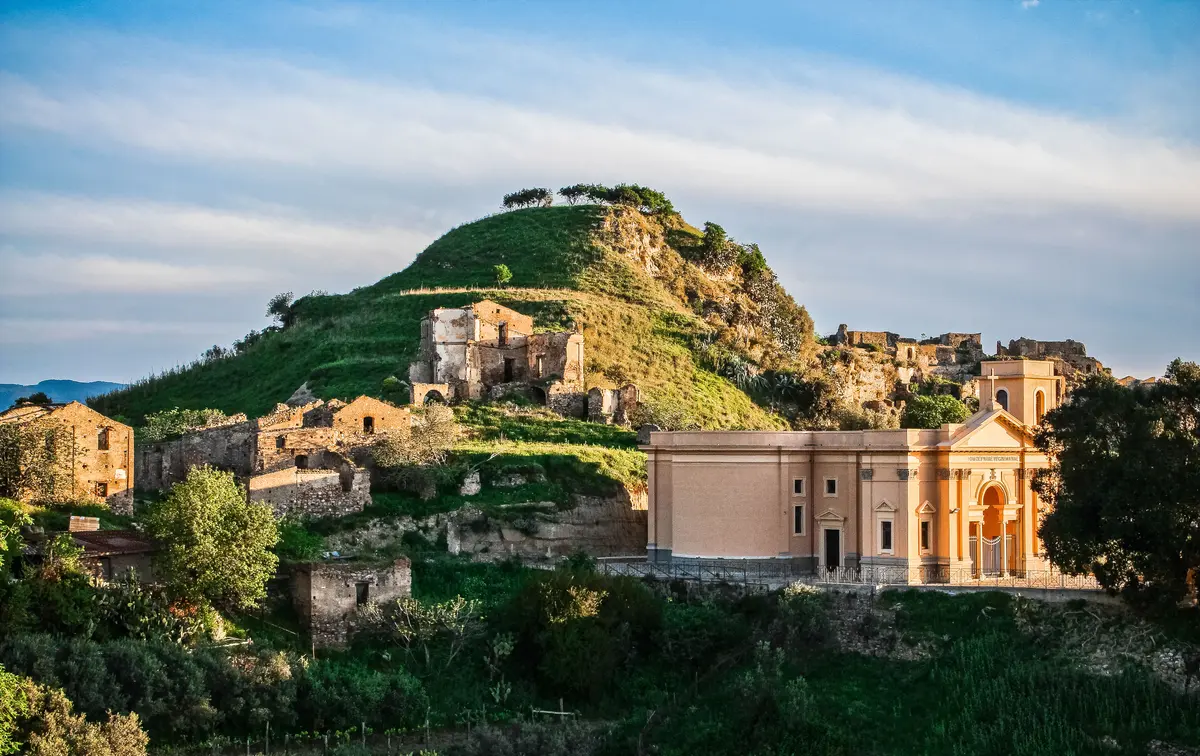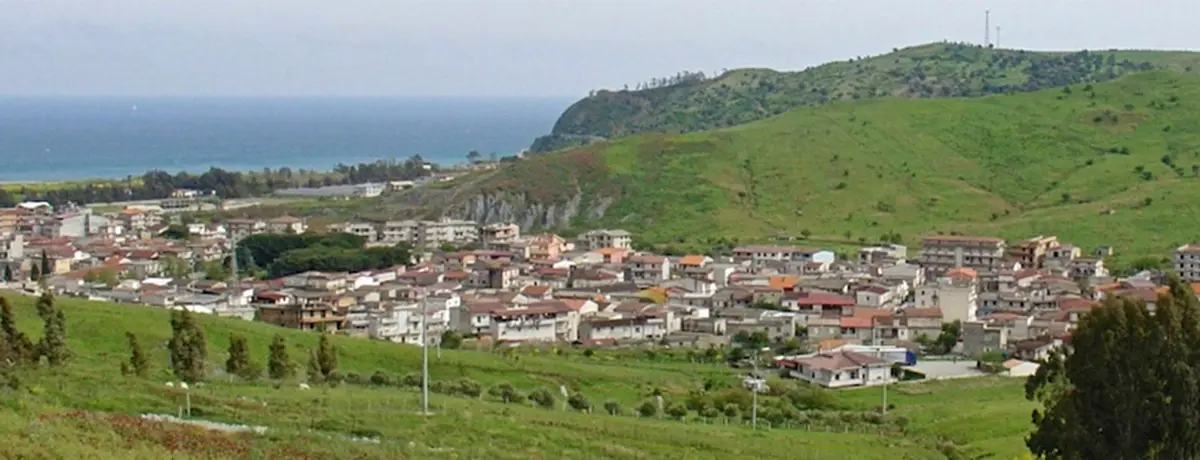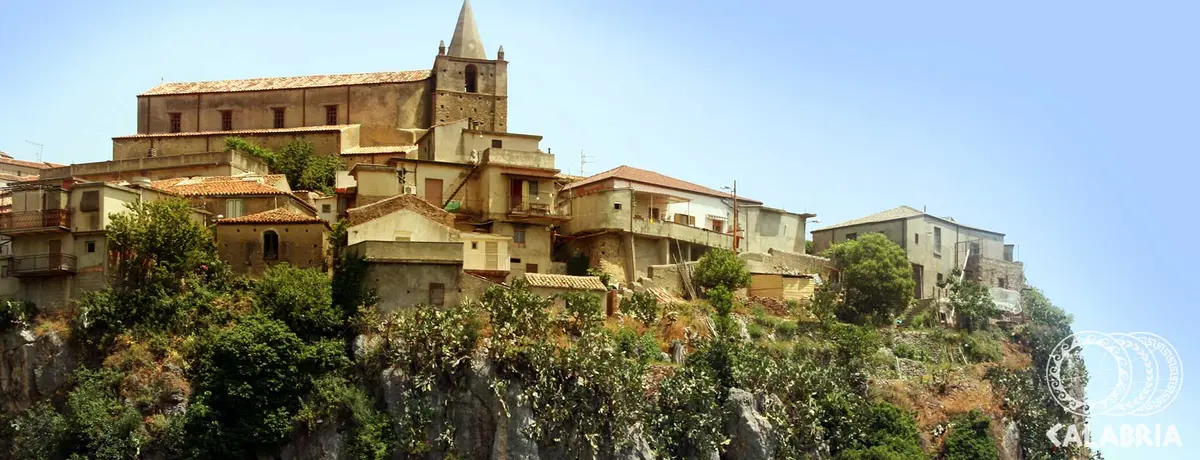Palizzi
City of Palizzi IGT Wine and White Gullies

Sea
Calanchi Bianchi, Palizzi - Vincenzo Stranieri
Discover Palizzi, the seaside town along the Costa dei Gelsomini in the province of Reggio Calabria, famous for its White Gullies and the renowned Palizzi IGT wine.
In addition to its uncontaminated beaches, a refuge for Caretta Caretta turtles and awarded Legambiente Sails, Palizzi boasts the ancient historic centre of Palizzi Superiore and an ecosystem that also makes the area unique from a production point of view.
We start with the White Gullies of Palizzi, a Site of Community Interest (SCI) of delicate beauty: a lunar scenery, formed by a stratification of marly limestone and light clays with bluish hues, surrounded by typical dune and Mediterranean vegetation. The Gullies of Palizzi slope down towards the bay and the crystal-clear sea, perfect for diving, surfing and kitesurfing.
The historical centre of Palizzi Superiore rises around the fortress of the ancient Castle of Palizzi (13th century), an imposing building fortified in the living rock, of which today remain the remains of the surrounding walls with mighty bastions and gun ports, as well as the two towers (cylindrical and angular). Just outside the built-up area, the small hamlet of Pietrapennata, with the ancient Monastery of Alica and the remains of the Monastery of Sant'Ippolito, can be reached by a trek that retraces the footsteps of the Grand Tour chronicler Edward Lear, to whom the special English Path is dedicated.
Palizzi is among the ‘’Wine Cities‘’ of Calabria, for the production of the prized Palizzi IGT: a full-bodied red, excellent with roasts and traditional Calabrian dishes.
Useful information
What to know about Palizzi
Where to Sleep
There are 6 available accommodations.
Places
There are 3 places to visit.
Travel Ideas
There are 4 travel ideas.
Infopoint Palizzi
Via Sant'Angelo, Palizzi
No result









